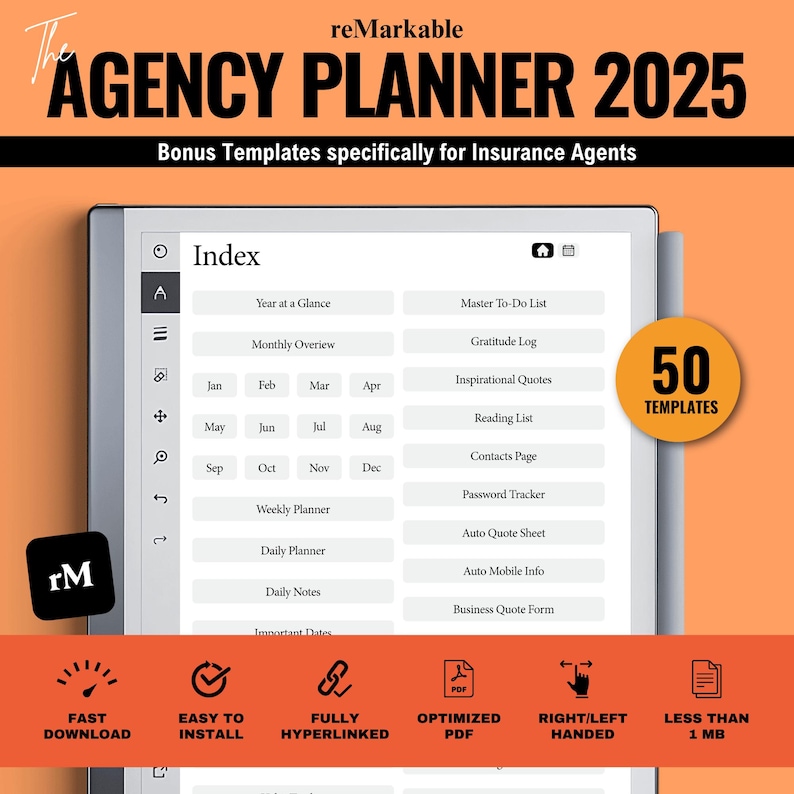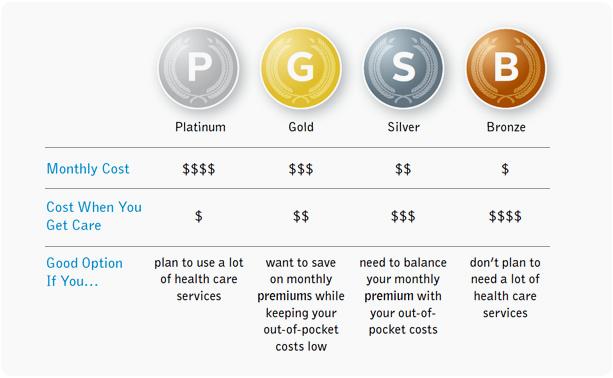Choosing the right health insurance plan can feel a bit like navigating a maze—confusing, overwhelming, and full of “what-ifs.” But don’t worry, you’re not alone! Whether you’re new to health insurance or looking to switch plans, our friendly guide is here to help you pick the perfect coverage that fits your unique needs and budget. Let’s break down the basics, demystify the jargon, and make this important decision a whole lot easier. Ready to take the stress out of health insurance? Let’s dive in!
Table of Contents
- Understanding Your Health Needs Before Choosing a Plan
- Breaking Down Key Health Insurance Terms in Simple Words
- Comparing Plans Beyond the Premium: What to Look For
- Tips for Finding the Best Coverage Without Overspending
- Closing Remarks
Understanding Your Health Needs Before Choosing a Plan
Before diving into the sea of health insurance options, it’s essential to take a moment and reflect on what your body really needs. Everyone’s health story is unique, so think about your recent medical history and anticipated needs. Do you have a chronic condition that requires regular doctor visits or medications? Are you planning any major medical procedures or starting a family soon? Knowing these details helps narrow down plans that offer the right coverage without draining your wallet. Keep in mind, a plan that’s perfect for your neighbor might not suit you at all!
Start by asking yourself:
- How often do I visit the doctor or specialist?
- What medications do I take regularly, and are they covered?
- Do I prefer a specific hospital or network of providers?
- How comfortable am I with out-of-pocket costs like deductibles and copays?
- Are preventive services and wellness programs important to me?
By answering these questions honestly, you set a solid foundation for choosing a plan tailored to your lifestyle. Remember, the goal is to find coverage that supports your health journey comfortably, without surprises or gaps.
Breaking Down Key Health Insurance Terms in Simple Words
Navigating health insurance can feel like learning a new language, but once you get the hang of the lingo, it becomes much easier to find the right plan for you. Let’s break down some essential terms that you’ll encounter often:
- Premium: The amount you pay every month just to have insurance, no matter if you use it or not.
- Deductible: The money you pay out-of-pocket for medical services before your insurance starts chipping in.
- Copay: A small fixed fee you pay for specific services like doctor visits or prescriptions.
- Out-of-pocket maximum: The most you’ll pay in a year for covered services — after this, insurance covers 100%.
- Network: The group of doctors and hospitals your insurance works with at discounted rates.
Think of these terms as the building blocks of your health insurance puzzle — understanding them helps you avoid surprise bills and pick coverage that fits both your health needs and budget. Keep this quick glossary handy as you compare plans, and you’ll feel empowered to make a smart choice without getting overwhelmed by the jargon.
Comparing Plans Beyond the Premium: What to Look For
When evaluating health insurance plans, it’s easy to get caught up in comparing premiums, but there’s a lot more beneath the surface that can make a big difference in your experience. Look carefully at deductibles, copayments, and out-of-pocket maximums. These affect how much you’ll pay when you actually need care. A lower premium might mean higher costs when visiting a doctor or filling a prescription. Also, check if your preferred doctors and hospitals are within the plan’s network to avoid surprise bills.
Consider the types of coverage offered beyond basics like hospital stays. Does the plan include preventive services, mental health support, or prescription drug coverage? Some plans also offer extras such as telehealth visits, wellness programs, and discounts on gym memberships. These perks may seem small, but they can add up to meaningful savings and better overall health management. Don’t forget to read plan reviews or ask others about their experiences—sometimes the real-world hassle factor is just as important as the fine print.
Tips for Finding the Best Coverage Without Overspending
When searching for health coverage that fits your budget without sacrificing essential benefits, start by evaluating your personal health needs. Consider factors like prescription medications, regular doctor visits, and any upcoming procedures. Don’t just chase the lowest monthly premium; sometimes, a slightly higher premium can save you money in the long run if it offers lower deductibles and copayments. Also, keep an eye on the network of doctors and hospitals—sticking with your preferred providers can prevent unexpected out-of-pocket expenses.
To streamline your decision-making, make use of online tools and comparison charts, but add a personal touch by asking peers or consulting insurance advisors for recommendations. Remember to:
- Review plan details carefully—don’t just skim the fine print.
- Check for additional perks like wellness programs or telemedicine.
- Calculate your potential yearly costs, not just the monthly premiums.
By combining thoughtful research with practical budgeting, you’ll uncover the coverage that truly fits your lifestyle and wallet.
Closing Remarks
And there you have it—a friendly roadmap to help you pick the perfect health insurance plan without the stress! Remember, the best plan is one that fits your unique needs, budget, and lifestyle. Take your time, ask plenty of questions, and don’t hesitate to reach out for help if you need it. Your health is worth the effort, and with the right coverage, you’ll have peace of mind knowing you’re protected. Here’s to making smart choices and staying healthy!





